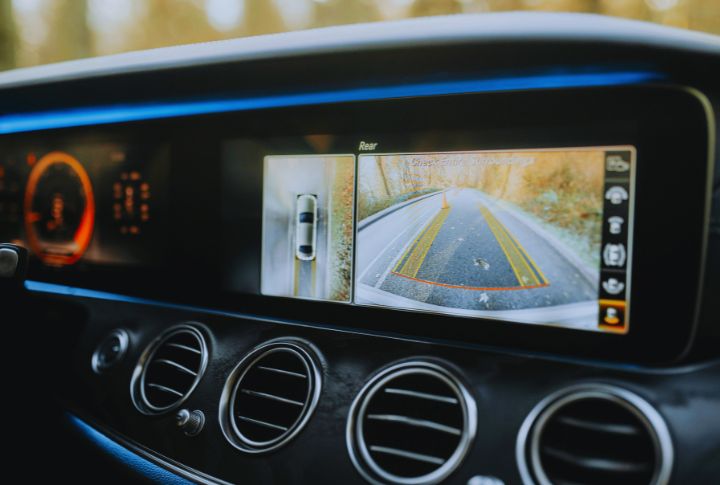
Toyota is facing a massive headache this week after announcing a recall that affects over a million vehicles across the United States. The culprit? A faulty rearview camera system that can suddenly freeze or go blank when drivers shift into reverse.
This isn’t just an inconvenience, but a serious safety concern that has prompted swift action from both Toyota and federal safety regulators.
The Problem Behind The Black Screen
Drivers backing out of driveways, relying on rearview cameras as most modern drivers do, may suddenly find their screens freezing or going completely blank. This is exactly what’s happening to some Toyota, Lexus, and Subaru owners due to a software glitch in the Panoramic View Monitor system.
The issue is most likely to occur when someone is in a hurry, starting the car and quickly shifting into reverse before the system has fully initialized. What makes this problem more concerning is how dependent most drivers have become on these camera systems.
Since 2018, all new vehicles sold in America must have rearview cameras as standard equipment. They’ve become such an integral part of the driving experience that many hardly turn around to look anymore. When these systems fail, even briefly, the risk of hitting something, or someone, increases dramatically.
Affected Models And Vehicles
Anyone who has purchased a new Toyota or Lexus in the past few years might find their vehicle included in this recall. The record reads like a “greatest hits” of Toyota’s lineup—from the practical Camry and RAV4 to the luxurious Lexus models and even the newly redesigned Land Cruiser.
Even Subaru’s electric Solterra is affected, as it shares camera technology with Toyota’s electric vehicles. This isn’t Toyota’s first camera-related recall, either. Just last month, the company recalled nearly 400,000 vehicles for a similar but separate issue.
The current problem stems from software controlling the Panoramic View Monitor, a sophisticated system that gives drivers a bird’s-eye view around their vehicle. What’s interesting is that virtually every automobile with this system could potentially experience the failure, regardless of model or price point.
Getting It Fixed And Next Steps
The good news is that Toyota will fix this problem completely free of charge. The bad news, however, is that affected vehicles will need to be taken to a dealership, as this isn’t something that can be resolved with an over-the-air update. Dealers will install updated software for the parking assist system that should permanently resolve the issue.
Owners of these vehicles can expect a letter around mid-December with details about the recall. Toyota will first notify owners about the safety risk and then follow up with information about when and how to get the fix. In the meantime, taking extra precautions when backing up is advisable; perhaps returning to the old-school method of physically turning around to look behind you is a good idea.
Those unsure if their vehicle is affected can check by typing in their Vehicle Identification Number (VIN) on the NHTSA’s website or by simply calling Toyota’s customer service.
